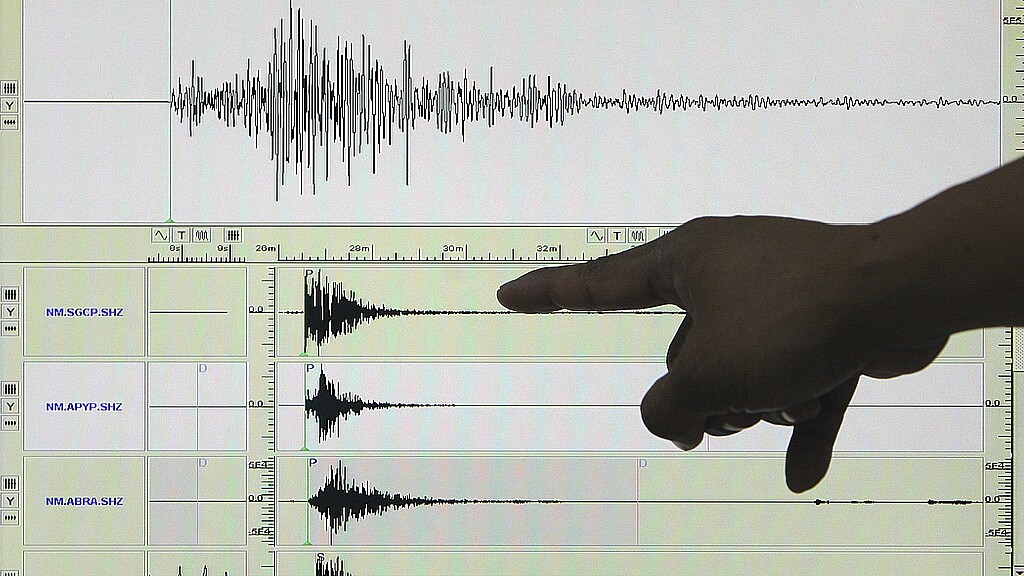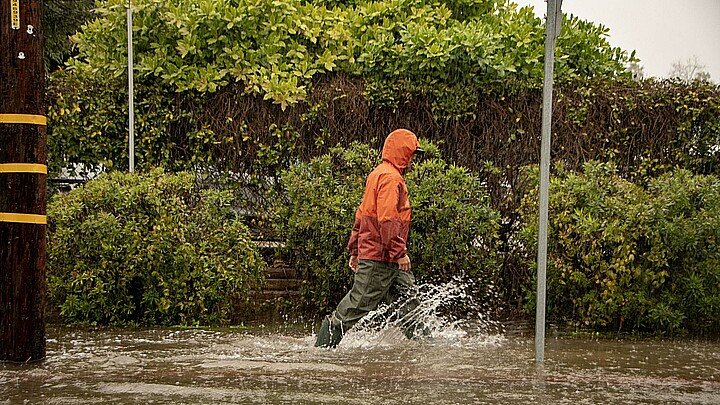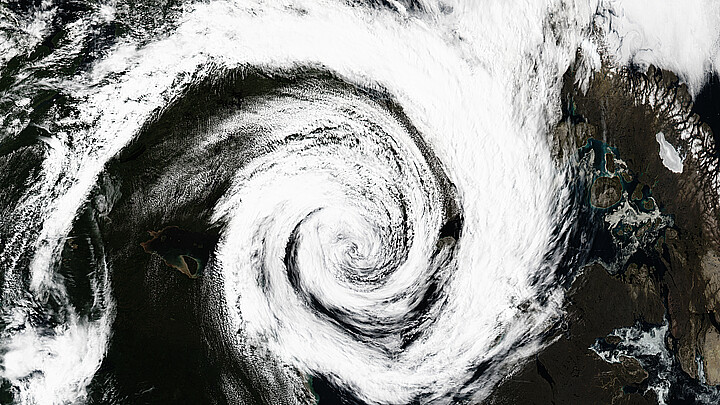Climate
Earthquake at 6.4 magnitude rocks Baja California peninsula
The Mexican civil defense agency suggested that boards and coastal towns take additional precautions due to possible dangerous currents and seawater level variations that could have been caused by the quake

June 19, 2023 8:07am
Updated: June 19, 2023 8:09am
A 6.4 magnitude earthquake hit the Mexican peninsula of Baja California on Sunday afternoon, according to the European Mediterranean Seismological Center (EMSC).
The strong earthquake struck at around 2:30 p.m. in the Gulf of California about 81 miles (131 kilometers) from the resort town of Cabo San Lucas. It struck at a depth of 6.21 miles (10 kilometers), the EMSC added.
According to the U.S. Geological Survey (USGS), around 1.9 million people living along the coast felt the shaking.
“At this time, no damages have been reported in the areas where it was felt,” said the National Civil Defense Coordination in a statement.
However, the Mexican agency suggested that boards and coastal towns take additional precautions due to possible dangerous currents and seawater level variations that could have been caused by the quake.
According to the U.S. Tsunami Warning System, the earthquake posed no tsunami threat to the West Coast of the U.S., British Columbia, or Alaska.
“Based on all available data a destructive Pacific-wide tsunami is not expected,” the Pacific Tsunami Warning Center said in a statement.
The earthquake comes as California has been experiencing several quakes over the past few months. On May 11, a 5.5 magnitude earthquake hit California around 67 miles west of Petrolia in Humboldt County, a town of about 1,000 residents. It was the third notable quake to hit the town in the past few months.
Earlier the same month, California experienced several swarms of seismic events—several consecutive earthquakes—within 24 hours, according to USGS data. The first swarm consisted of more than 50 earthquakes that hit the town of Heber, near the U.S.-Mexico border. A second swarm of about 25 quakes hit the Salton Sea, about 40 miles north of Herber.
In April, Scientists claimed that California could experience a major earthquake soon. In a study, researchers from the California Institute of Technology (Caltech) detected 1,200 tremors or micro-earthquakes near the Newport-Inglewood fault near Los Angeles, which extends 47 miles from Culver City to Newport Beach, before turning into the Pacific Ocean.
These small earthquakes take place less than a mile below the surface of the earth, they can build up, and eventually lead to significant damage on the surface, such as ruptures, or even an intense earthquake, the researchers said.










